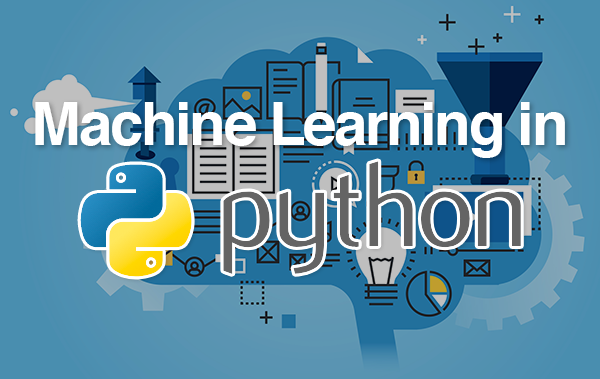
Rescaling data is a technique used to standardize the range of independent variables or features of data. This is done in order to ensure that all features have the same scale and importance. Without rescaling, certain features may have an artificially larger impact on the final results due to their larger numeric values. There are several ways to rescale data in python, such as:
- Min-Max Scaling: This method scales the data between a specific range, usually between 0 and 1. It is done by subtracting the minimum value from each data point, and then dividing by the range of the data.
- Standardization: This method scales the data by subtracting the mean and dividing by the standard deviation. This results in a standard normal distribution with a mean of 0 and a standard deviation of 1.
- Normalization: This method scales the data by dividing each data point by the maximum value of the feature. This results in a range between 0 and 1.
It is important to note that rescaling should be done after splitting the data into training and testing sets and only using the training set to fit the scaler. Then, the same scaler should be applied to the test set to ensure consistency.
Using the correct rescaling technique depends on the data and the problem at hand. Min-Max scaling is recommended for data with a known fixed range, while standardization is recommended for data with a Gaussian distribution. Normalization is recommended for data with unknown ranges or for sparse data.
In this Applied Machine Learning & Data Science Recipe (Jupyter Notebook), the reader will find the practical use of applied machine learning and data science in Python programming: How to rescale Data.
What should I learn from this recipe?
You will learn:
- How to rescale Data.
How to rescale Data:
Disclaimer: The information and code presented within this recipe/tutorial is only for educational and coaching purposes for beginners and developers. Anyone can practice and apply the recipe/tutorial presented here, but the reader is taking full responsibility for his/her actions. The author (content curator) of this recipe (code / program) has made every effort to ensure the accuracy of the information was correct at time of publication. The author (content curator) does not assume and hereby disclaims any liability to any party for any loss, damage, or disruption caused by errors or omissions, whether such errors or omissions result from accident, negligence, or any other cause. The information presented here could also be found in public knowledge domains.
Learn by Coding: v-Tutorials on Applied Machine Learning and Data Science for Beginners
Latest end-to-end Learn by Coding Projects (Jupyter Notebooks) in Python and R:
Applied Statistics with R for Beginners and Business Professionals
Data Science and Machine Learning Projects in Python: Tabular Data Analytics
Data Science and Machine Learning Projects in R: Tabular Data Analytics
Python Machine Learning & Data Science Recipes: Learn by Coding